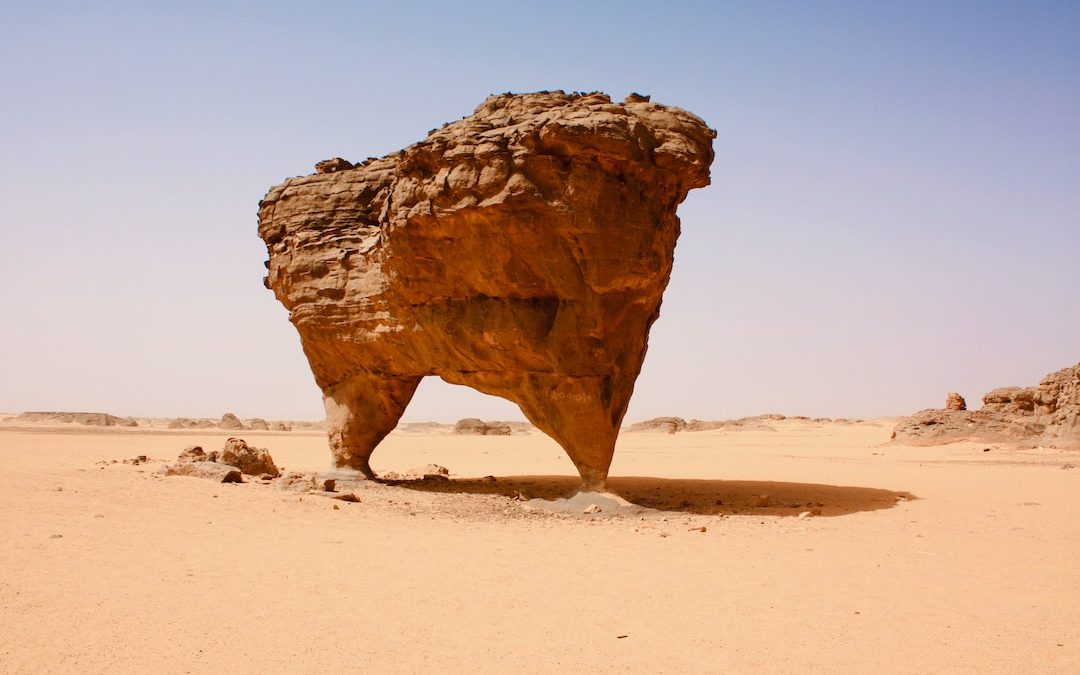Table of Contents
Best Time to Visit Joshua Tree National Park
Joshua Tree National Park is an iconic desert landscape located in the Mojave Desert region of Southern California. The park is home to a diverse array of flora and fauna, including the iconic Joshua Tree, and offers visitors a variety of outdoor activities. With its unique landscape and abundant wildlife, Joshua Tree National Park is a popular destination for visitors from around the world. But when is the best time to visit the park?
Weather Considerations
When planning a trip to Joshua Tree National Park, the weather should be a major consideration. The park’s location in the desert means that temperatures can vary greatly. Summer months can be extremely hot, with temperatures reaching over 100 degrees. Winter months can be cold, with temperatures dipping below freezing at night. Spring and fall months often offer the most comfortable temperatures, making these the best times to visit the park.
Wildlife Viewing
Joshua Tree National Park is home to a variety of wildlife, including bighorn sheep, coyotes, and a variety of birds. The best time to view wildlife is in the spring, when temperatures are mild and the desert blooms with life. During this time, visitors may be able to spot bighorn sheep, coyotes, and other desert creatures.
Camping & Hiking
Joshua Tree National Park offers a variety of camping and hiking opportunities. During the summer months, temperatures can reach extreme levels, making camping and hiking uncomfortable and potentially dangerous. Spring and fall months provide the best opportunities for camping and hiking, as temperatures are milder and the desert comes alive with blooming wildflowers.
Stargazing
Joshua Tree National Park is renowned for its dark night skies, making it the perfect destination for stargazing. The best time to stargaze is during the winter months, when the night sky is clear and temperatures are cool. Visitors can enjoy a truly magical experience under the night sky, with the Milky Way and other cosmic wonders shining brightly overhead.
Rock Climbing
Rock climbing is one of the most popular activities in Joshua Tree National Park, and the park is home to some of the best climbing spots in the world. Summer months are typically the best for rock climbing, as temperatures are warmer and the rock surfaces are dry. However, it is important to note that extreme temperatures can make rock climbing dangerous, so visitors should take caution and be prepared for all conditions.
Photography
Joshua Tree National Park is a photographer’s paradise, with its unique landscape and abundant wildlife. Spring and fall months offer the best opportunities for photography, as the desert blooms with life and the temperatures are mild. The park is also a great destination for night photography, with the night sky offering an array of stars, galaxies, and cosmic wonders.
Wildflower Viewing
The desert comes alive with wildflowers during the spring months, making this the best time to view the park’s abundant flora. The wildflowers bloom in a variety of colors, creating a stunning landscape that is perfect for photographers and nature enthusiasts alike. Spring also offers mild temperatures and low humidity, making it the ideal time to explore the park’s vast desert landscape.
Bird Watching
Joshua Tree National Park is home to more than 250 species of birds, making it a great destination for bird watching. The park has a variety of habitats, from open desert to woodlands, providing a variety of viewing opportunities. Spring and fall months are the best times for bird watching, as the temperatures are mild and the desert blooms with life.
Ranger Programs & Events
Joshua Tree National Park offers a variety of ranger-led programs and events throughout the year. Spring and fall months are the best times to attend ranger-led programs, as temperatures are mild and the park is in full bloom. Visitors can attend guided hikes, bird walks, and educational talks, providing a unique and informative way to explore the park.
Moonlight Hikes
The Joshua Tree National Park offers a unique opportunity to explore the park by moonlight. Moonlight hikes occur once a month, and offer visitors a chance to explore the park’s trails under the light of the moon. The best time to attend a moonlight hike is during the winter months, when the night sky is clear and temperatures are cool.
Dark Sky Festival
The annual Dark Sky Festival at Joshua Tree National Park is a popular event for stargazers and astronomy enthusiasts. The festival takes place during the winter months, when the night sky is at its clearest and most spectacular. Visitors can attend talks, workshops, and stargazing events, as well as enjoy the unique landscape of the park.
Star Parties
In addition to the Dark Sky Festival, Joshua Tree National Park also hosts a variety of star parties throughout the year. These star parties offer visitors a chance to explore the night sky with telescopes and binoculars, as well as educational talks and workshops. The best time to attend a star party is during the winter months, when the night sky is at its clearest and temperatures are cool.
Conclusion
Joshua Tree National Park is a unique and diverse destination for outdoor enthusiasts. Depending on the activity, different seasons may offer the best opportunities for visitors. Spring and fall months offer mild temperatures and abundant flora and fauna, making them the ideal times for camping, hiking, photography, and wildlife viewing. Winter months provide the best opportunities for stargazing, with the night sky offering a spectacular show of stars and galaxies. And summer months offer the best opportunities for rock climbing, although extreme temperatures can make this activity dangerous. No matter when you choose to visit, Joshua Tree National Park is sure to provide a memorable experience.












